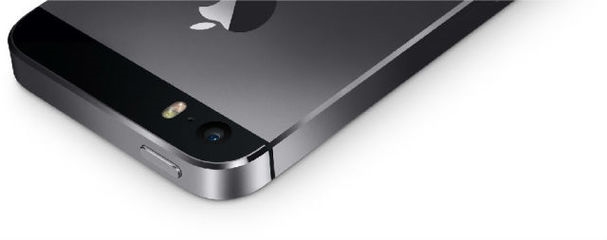[China Aluminum Industry Network] In the European Aluminum Industry Exhibition which was not in the past few years in 2016, the indicators of various exhibitions have reached new heights. Almost all the transnational aluminum companies in the world have participated in the exhibition, bringing with them new materials, new processes, new products and new business ideas. Among them, at the exhibition, Japan United Aluminum Corporation showed us an original aluminum surface treatment process - "KO treatment." The so-called "KO treatment" refers to the formation of porous and dendritic complex shape complex film after alternating current electrolytic treatment of the aluminum alloy plate in the alkaline electrolyte. The conventional anodic oxide film thickness is 2um~10um, KO treatment film. It is 200nm to 250nm, which is only 1/10 to 1/40 of the former and is very thin. We know that in the process of realizing the lightweighting of automobiles, the aluminum parts are relatively metal parts. Because of the metal characteristics of aluminum, if the welding method is used, it is easy to oxidize at a high temperature to form a high melting point oxide film, thereby forming a weld. Separating slags directly affects the fusion of welds. The aluminum alloy plate treated with KO has very high adhesiveness. It can realize the compounding between different materials such as aluminum and plastic; it has strong adhesion to resin and cement etc.; and the oxide film is also very thin, so it has high thermal conductivity, heat resistance and processability. very. The T-teas peel strength of the KO treated oxide film was also higher than that of other treated films, both in the bonded state and after heating at 121°C for 32 hours. Through Japan's KO surface treatment process, it is not difficult to see that the wide application of aluminum is not only due to the abundance of the earth, but also the diversity of the surface treatment technology used for different uses of aluminum alloys. It is also the key to the promotion of aluminum applications. Aluminum alloy surface treatment technology has been developed so far, has formed a variety of technical systems. Here are: First, chemical conversion film treatment Second, laser processing Third, ion implantation Fourth, thermal spraying V. Ion Beam Processing Six, composite technology Of these six major technologies, chemical conversion film treatment is one of our more common surface treatment technologies. Anodic oxidation, composite anodization, micro-arc oxidation, electrophoretic painting, etc. are all chemical conversion coating treatments. Of course, for Japan's original "KO treatment", the author guessed that it belongs to the composite anodization class or is based on a new branch of electrophoresis processing, this is a later story. Chemical conversion film treatment is more mature and stable than other surface technology treatments. However, the use of more is now a composite technology. Composite technology is to combine the advantages of various technologies to avoid their shortcomings. Such as arc-glow light technology, ion beam combined sputtering technology, ion beam and sputtering technology will be combined with magnetron sputtering and ion implantation, ion sputtering combined with fast speed, low temperature, good adhesion and so on. Combine laser and sputtering. In the future, with the development of aluminum alloys, surface treatment technology will inevitably rise to a considerable height. Lifting Point,Lifting D Rings,Hoist Ring,Swivel Hoist Ring Shandong Shenli Rigging Co.,LTD. , https://www.shenliriggingcn.com